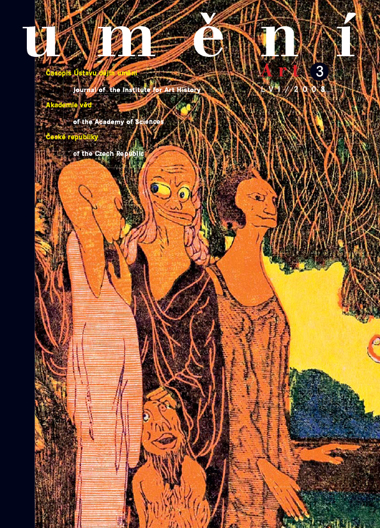Zdeněk Kazlepka
The Portrait of Collaltino by Paolo Veronese, in the Light of the Reissue of Gaspara Stampa's Rime from 1738
The South-Moravian chateau in Uherčice holds an exceptional portrait of a young nobleman in armour of which scholars have long been unaware. This extraordinary picture was created by no less a figure than the Venetian virtuoso artist Paolo Caliari, called Paolo Veronese (1528-1588). By the mid-1960's, only the art historians Eduard A. Safarik and Jaromír Neumann had explored this captivating picture; in the 1990's William R. Rearick joined them and, more recently, John Garton. Rearick and Garton believed the portrayed man to be the legendary Collaltino, Count Collalto (1524-1569), a diplomat, military leader and outstanding poet, a cavaliere eulogised in the verse of the famous Venetian cortigiana Gaspara Stampa (1523-1554). Rearick's and Garton's early dating (1546, 1550) is rooted in the context of the rhetorical milieu surrounding Collaltino, which subscribed to, apart from Castiglione's Il Cortegiano (The Book of the Courtier), Horace's well-known tenet ut pictura poesis, "poetry is like painting". Collaltino's portrait became a new embodiment of this famous topos, acquiring a new meaning by reversing the words: painting is like poetry. The picture from Uherčice fully corresponds with this intellectual milieu around 1550, an insight into which is mediated by Gaspara Stampa's Rime, re-issued in Venice in 1738. The patron of this new edition was Antonio Rambaldo Count Collato (1681-1740), imperial secret councillor and diplomat, an erudite and influential art benefactor. Apart from Gaspara Stampa's verses, the book contained poems by Collaltino and other contemporaries, including poets from the Accademia dell Arcadia, among whom the learned count was also active. The participation of Arcadian poets in this "poetry almanac" is important to the disclosure of facts about Collaltino's life, including the reception of Petrarca-esque literature, in the first half of the Settecento.
Full-text in the Digital Library of the Czech Academy of Sciences:
https://kramerius.lib.cas.cz/uuid/uuid:9200f8be-b6cf-1e6c-7589-441c39b6eff6
< back

